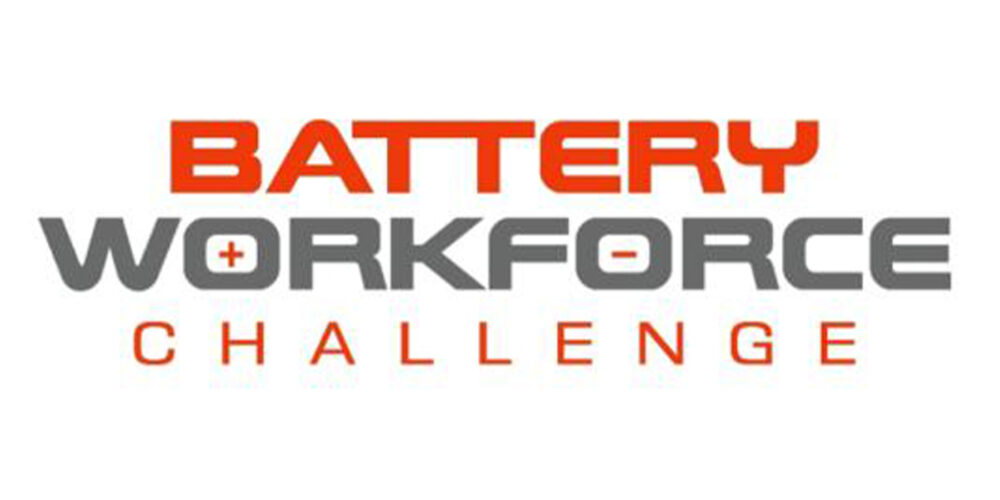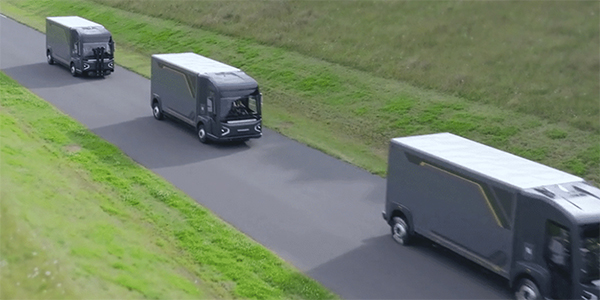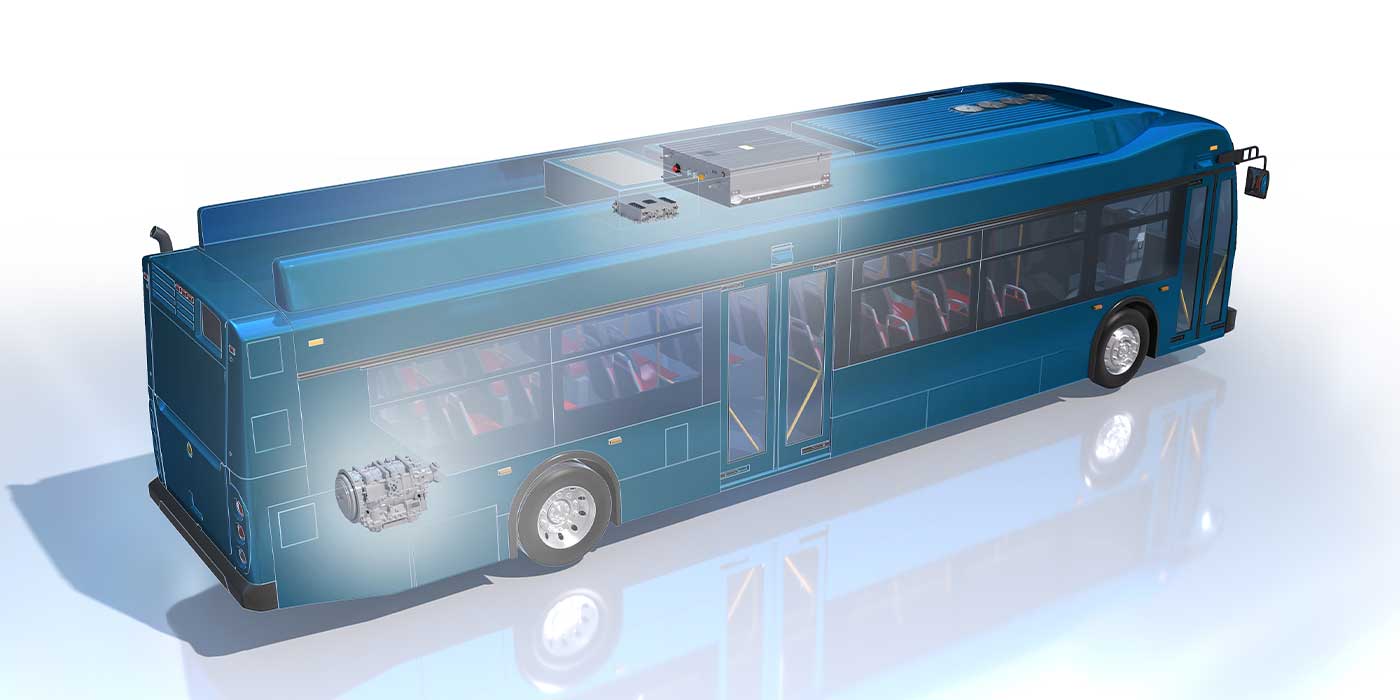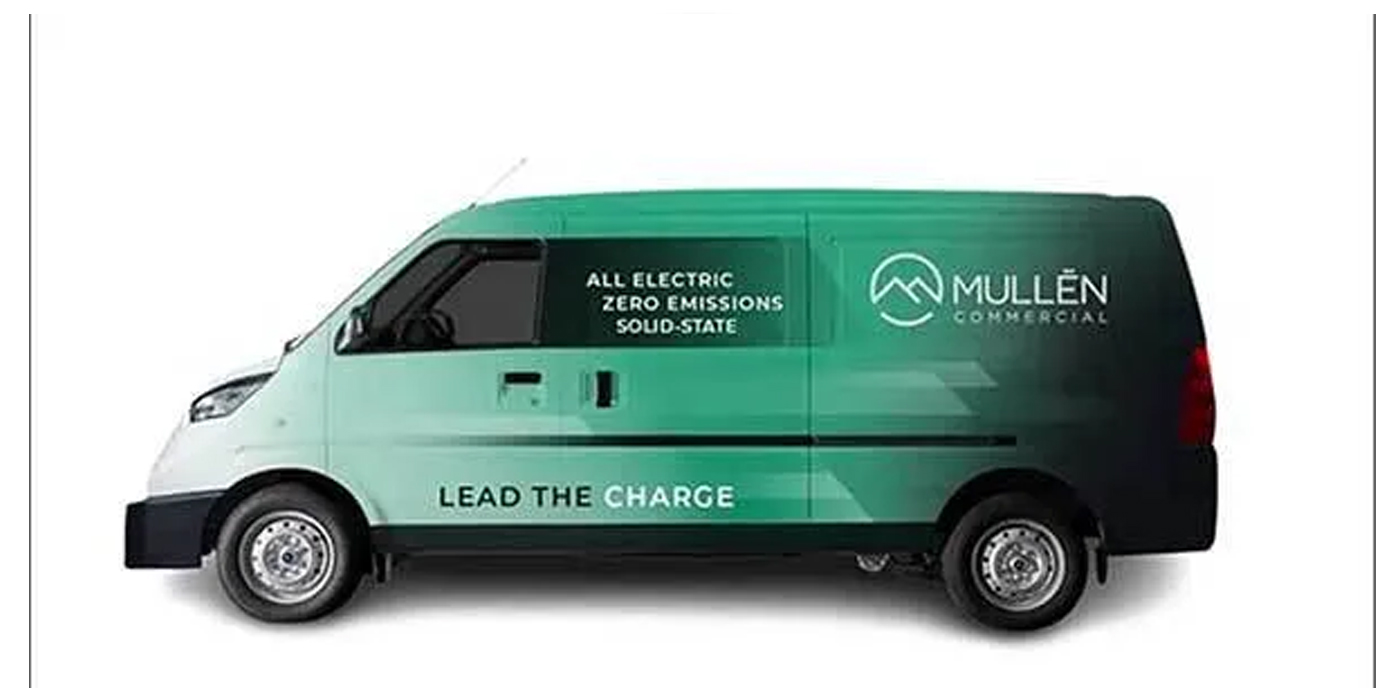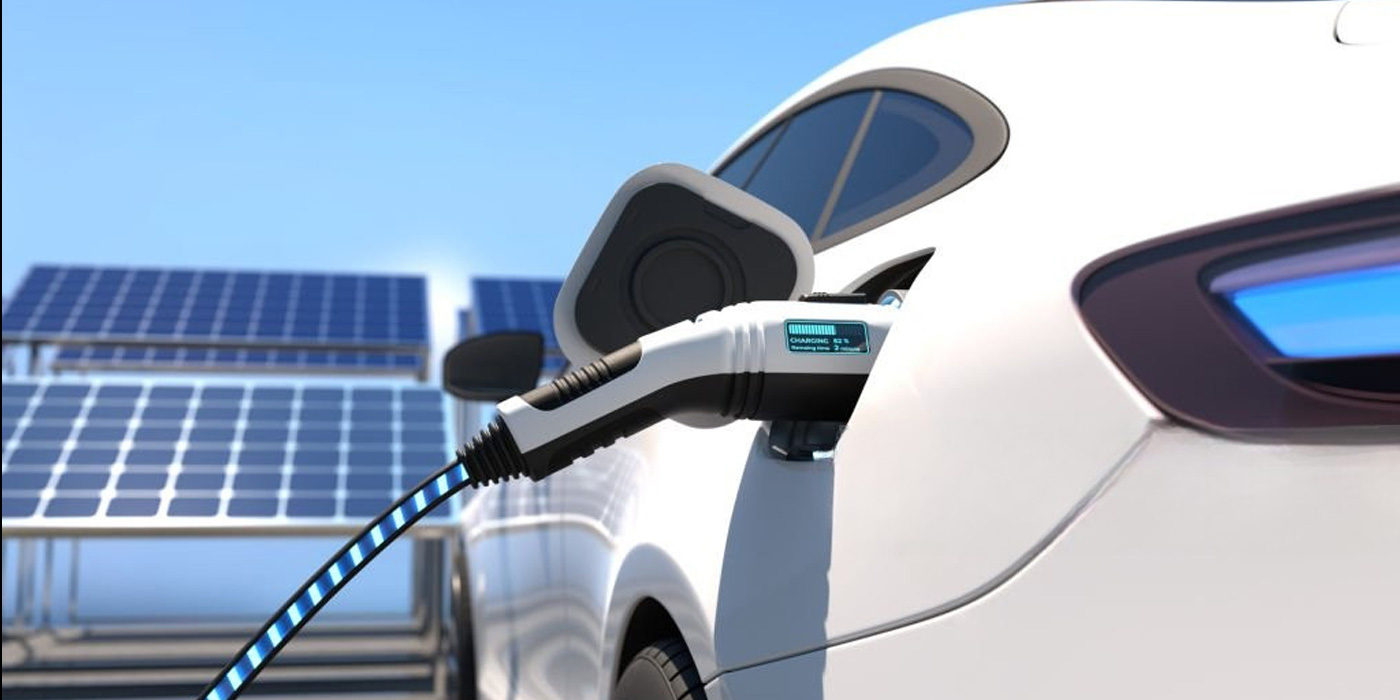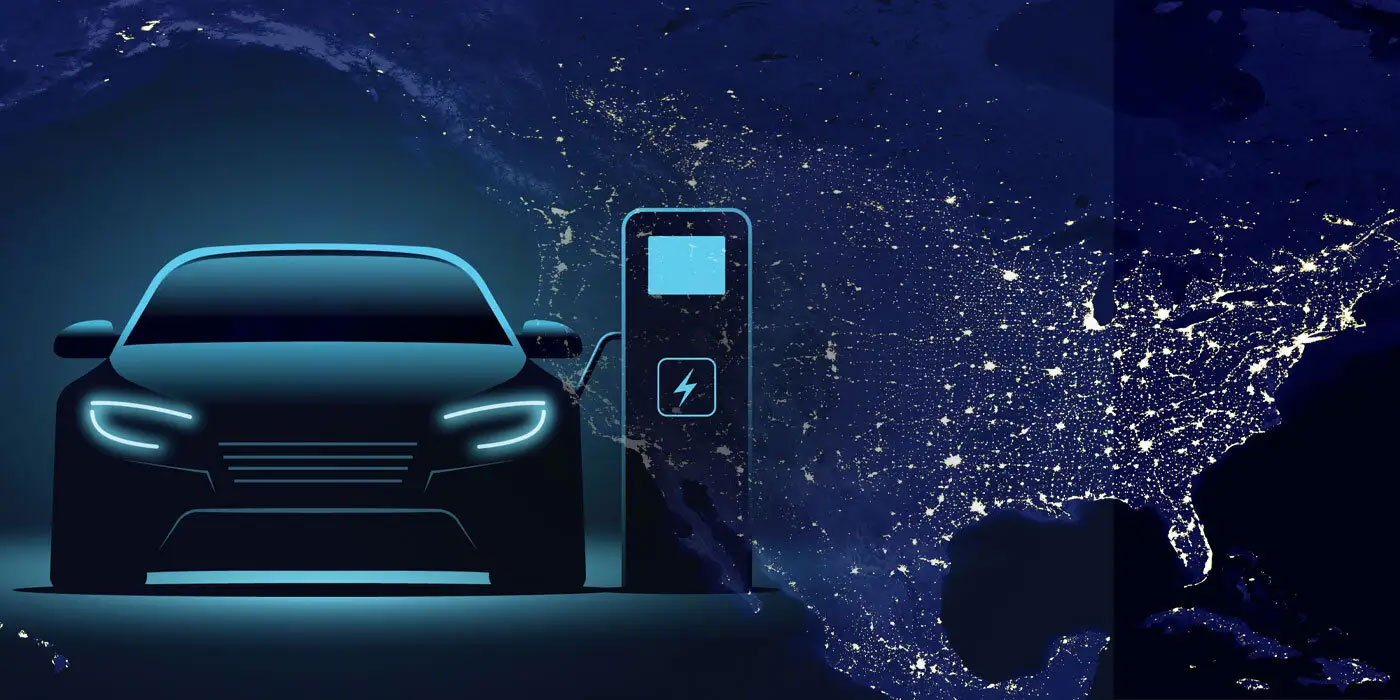The U.S. Department of Energy’s (DOE) Argonne National Laboratory announced the launch of the Battery Workforce Challenge, which includes a three-year collegiate engineering competition, focused on advanced battery design and development that will build a diverse, highly-skilled electric vehicle (EV) Battery Workforce to help our nation transition to electric mobility and clean energy.
Argonne, a DOE research and development center, will manage the competition for the co-sponsors DOE and Stellantis. This government and industry partnership will build the next generation of engineers, technicians, and workers to address the unprecedented demand for a domestic EV Battery workforce.
The Battery Workforce Challenge includes an advanced battery design and development student competition series that invites universities and vocational schools from across North American to design, build, test and integrate an advanced EV battery into a future Stellantis vehicle. The challenge kicks off in fall of 2023 and 11 universities will be selected to participate.
“American leadership in the global battery supply chain will be based not only on our innovation, but also on our skilled workforce of engineers, designers, scientists, production workers, and technicians,” said Michael Berube, deputy assistant secretary for sustainable transportation and fuels at DOE. “This comprehensive workforce program will build an educational ecosystem delivering training and education for high school graduates, and vocational and transitional workers, fostering a diverse talent pipeline of trained engineers, workers and technicians who can charge North America’s battery industry forward.”
Additional workforce and education initiatives will complement the challenge, including a national Career-Connected Learning Management System to provide flexible, accessible, and equitable training for learners across the education pipeline.
For more background about the Battery Workforce Challenge, visit BattChallenge.org.

